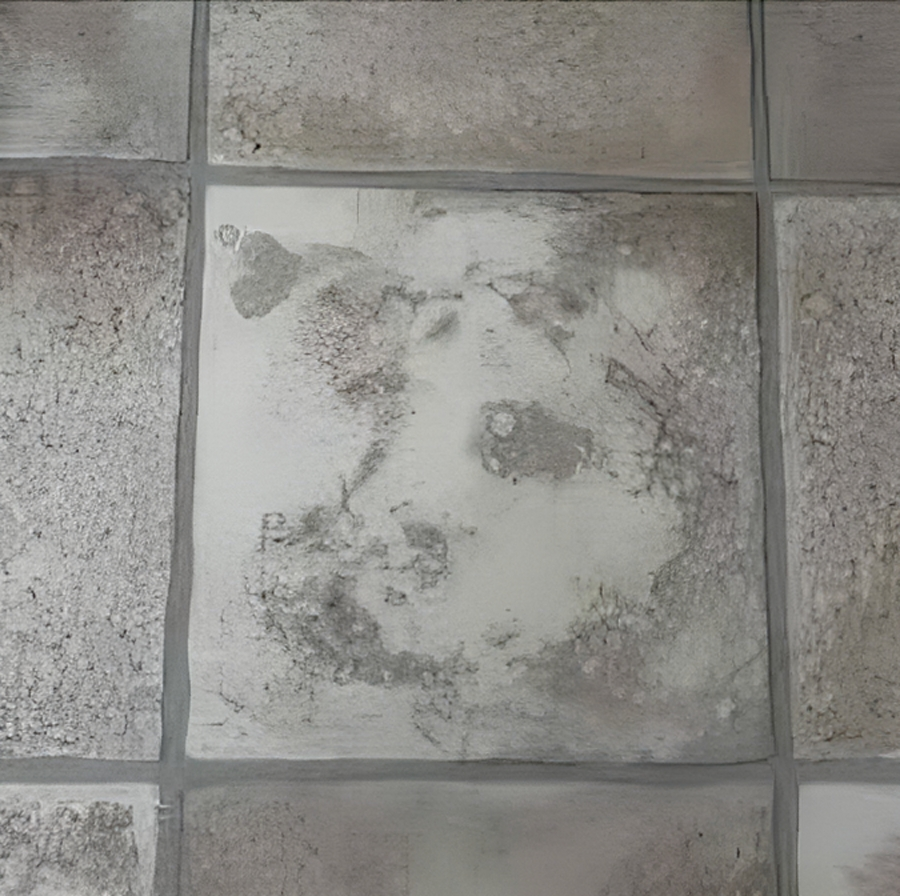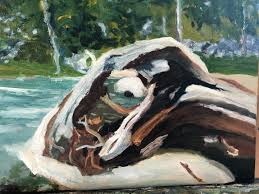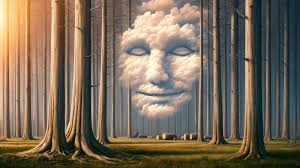Have you ever looked at a cloud and thought it resembled a fluffy bunny? Or maybe you spotted a face in a worn floor tile? This captivating phenomenon is known as pareidolia, and it reveals just how our brains interpret the world around us. Let’s dive into what pareidolia is, why it occurs, and the intriguing ways it manifests in our daily lives.
Understanding Pareidolia: A Psychological Phenomenon

So, what exactly is pareidolia? At its core, pareidolia is the tendency of our brains to perceive familiar patterns—especially faces—in random stimuli. When you see shapes in clouds, faces in rock formations, or even figures in patterned tiles, you’re experiencing pareidolia. It’s a fascinating quirk of human perception, deeply rooted in our evolutionary history.
Our brains are wired to recognize faces, an ability that has helped humans identify friends from foes throughout history. This facial recognition is so powerful that even vague resemblances can trigger our brain’s pattern-finding instincts. Thus, we end up seeing faces where none exist—like that ghostly visage in a tile floor.
The Tile Face: An Example of Pareidolia
Take a closer look at the image of a worn tile floor, and you might notice something peculiar: a faint face emerging from the texture. The rough surface outlines features like eyes, a nose, and a mouth. What looks like dark spots can be interpreted as eyes, while a central smudge might suggest a nose, and a subtle curve could represent a mouth.
This instance of pareidolia transforms an ordinary object into something extraordinary. What was once just a tile now becomes a mysterious face, evoking wonder and perhaps even a touch of eeriness. It’s as if the inanimate world around us is quietly coming to life, waiting for us to notice.
Why Do We See Faces in Inanimate Objects?
Seeing faces where there are none is more common than you might think. This tendency arises from our evolutionary need for social connection and survival. Quickly identifying faces allowed early humans to discern allies from threats. Over time, our brains became finely tuned to detect even the slightest facial cues, often interpreting them in ways that aren’t always accurate.
Scientists believe this ability to perceive faces plays a crucial role in emotional recognition and social interactions. It highlights how our brains seek meaning in the chaos of the world, often filling in gaps to create familiar images. This phenomenon isn’t just a quirk; it’s a reflection of our deep-seated social instincts.
The Artistic Expression of Pareidolia

Pareidolia isn’t just a psychological curiosity; it has an artistic dimension as well. Many artists find inspiration in the hidden images that surround us, encouraging viewers to look beyond the surface and discover beauty in the unexpected.
The face in the tile can be viewed as a natural work of art—an accidental masterpiece shaped by time, wear, and our imagination. It serves as a reminder that art can be found in the most mundane places, waiting for us to stop and appreciate it. This perspective invites us to engage with our environment in a more meaningful way.
Finding Magic in the Mundane

Next time you walk across a tiled floor, gaze at a textured wall, or look up at a cloud-filled sky, take a moment to really observe. You might just uncover a face or figure staring back at you. Pareidolia is more than a mere trick of the mind; it showcases how our brains interpret the world, revealing the wonder hidden in everyday life.
Whether it’s a face in a tile or a figure in the shadows, these moments of recognition are small but significant reminders of the magic that surrounds us. They invite us to pause, reflect, and appreciate the beauty found in the ordinary.
Embracing the Wonder of Pareidolia
Pareidolia opens our eyes to the extraordinary aspects of our daily surroundings. It connects us to our evolutionary past while also igniting our creativity and curiosity. As you navigate your day-to-day life, remember to look closely at the world around you. You might just find a hidden face or a whimsical figure waiting to be discovered. Embracing these moments enriches our experiences and reminds us of the magic woven into the fabric of everyday life.


